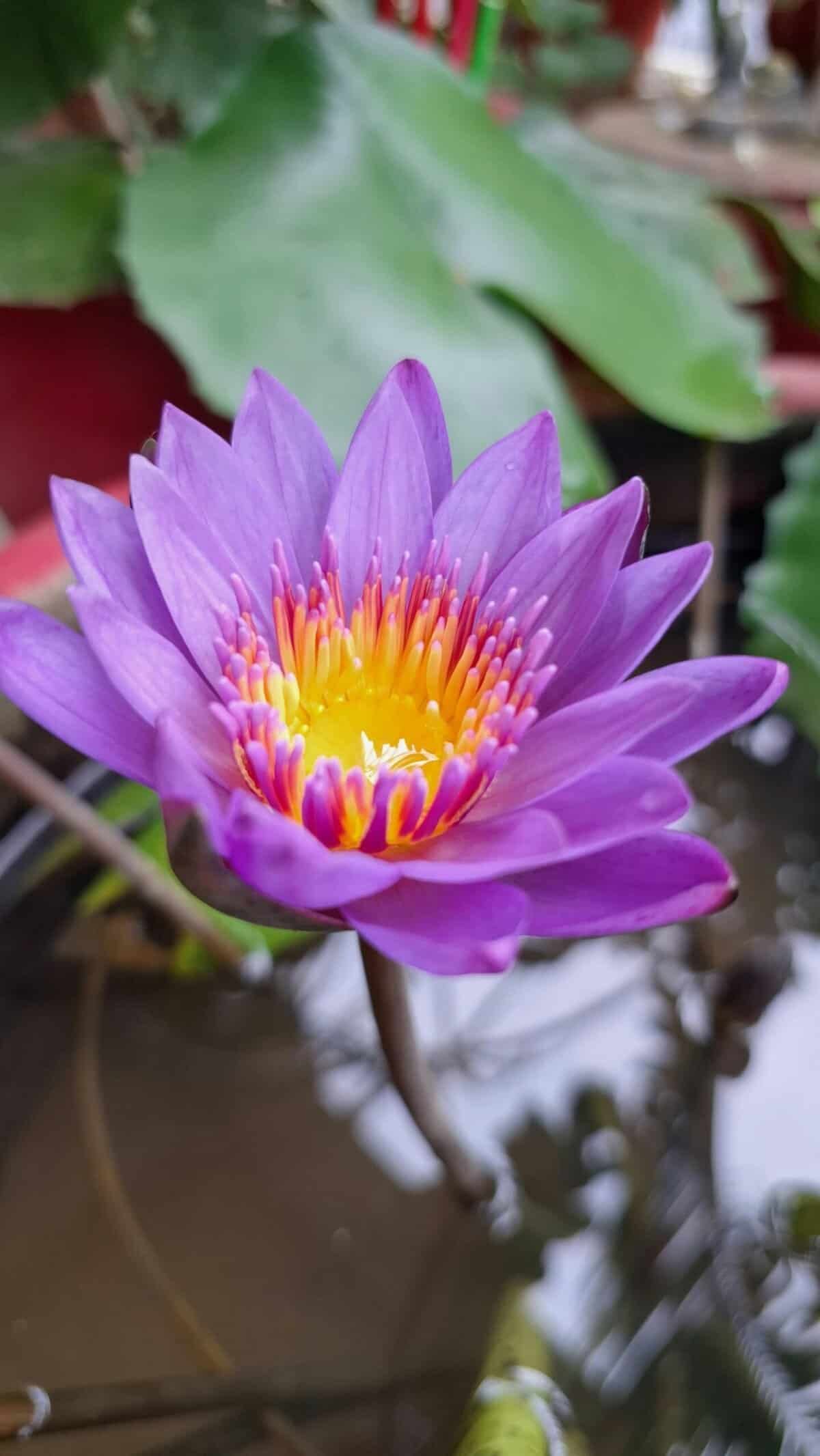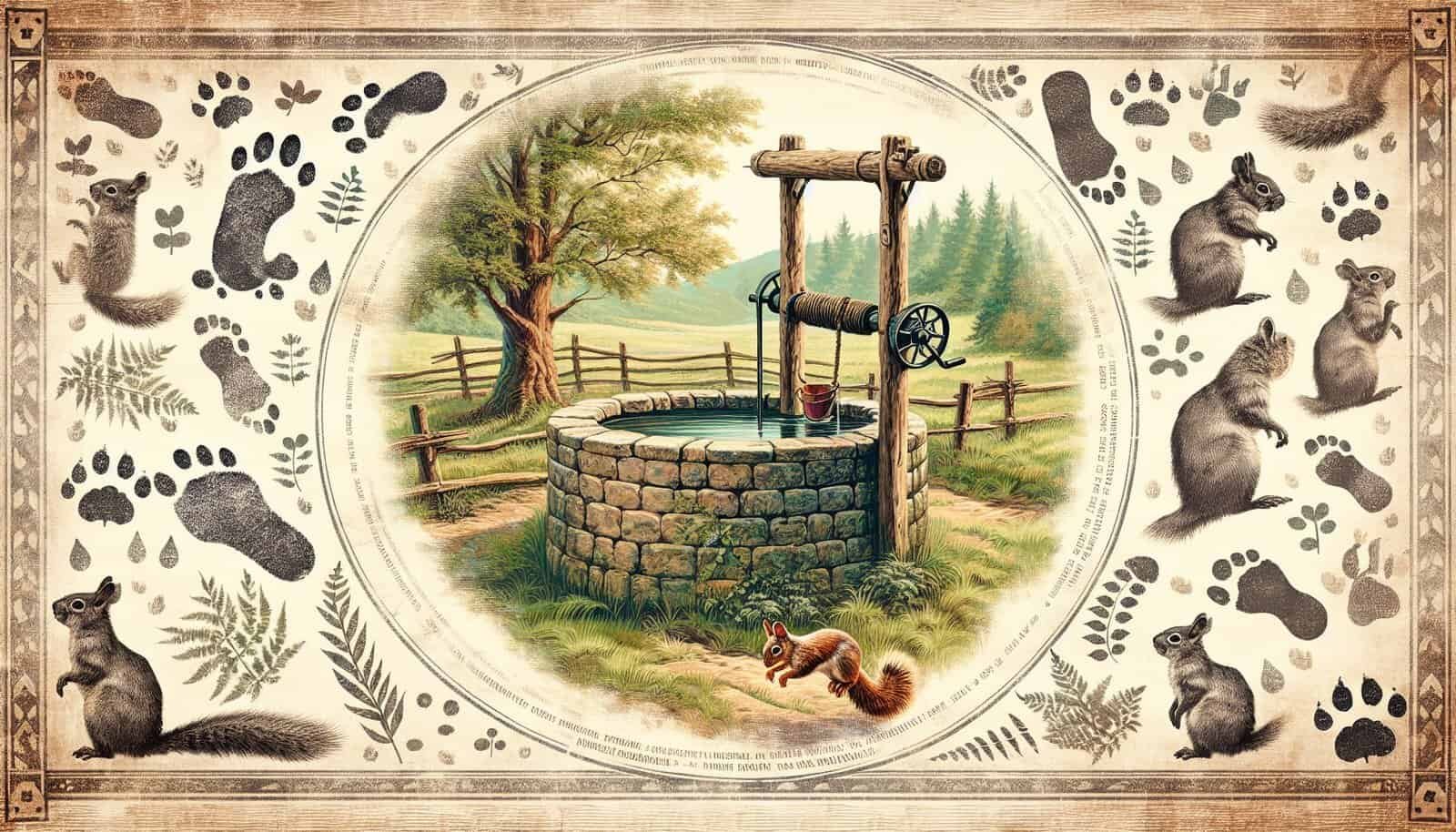Have you ever wondered about the quality of your well water and whether animals might be affecting its purity? If your home relies on a well for its water supply, ensuring that the water is clean and safe is crucial for your health and peace of mind. This can lead you to question whether animals can contaminate your well and what steps you can take to prevent it. Additionally, there’s the concern around chemicals like PFAS, which are increasingly discussed in the media. Understanding these issues can help safeguard your well water.

Understanding How Wells Work
Before diving into contamination concerns, it’s helpful to understand how wells function. Wells tap into underground water sources and use pumps to bring water to the surface. If you’re curious about how these systems are constructed and maintained, this foundation can be invaluable.
Types of Wells
Wells come in various types, each affecting how vulnerable they may be to contamination:
Dug/Bored Wells: These are made by hand-digging or using machinery to create a shallow hole, often lined with stones or bricks. They can reach up to 30 feet deep.
Driven Wells: Similar to dug wells, driven wells are shallow but created by driving a pipe into the ground. They are less common and generally reach a depth of 30 to 50 feet.
Drilled Wells: These reach much deeper levels of groundwater and involve the use of rotary-drill or percussion machines. Drilled wells can extend several hundred feet and are most common in contemporary households.
The depth and construction of your well can influence the risk of contamination, with deeper, properly constructed wells generally providing better protection against pollutants.
How Animals Can Contaminate Your Well
Animals, both wild and domestic, can be vectors for various contaminants. Understanding how they interact with your water supply can highlight potential risks.
Animal Waste
One of the most common ways that animals can contaminate a well is through their waste. Animal feces can carry harmful bacteria such as E. coli, Giardia, and Cryptosporidium, which can seep into the groundwater and potentially reach your well.
Surface Runoff
If your property experiences heavy rainfall, surface runoff can pick up animal waste from nearby farms, pastures, or even your own backyard and carry it towards your well. This can be a more significant issue in areas where wells are shallow or improperly sealed.
Dead Animals
Dead animals on your property, especially if close to the well or during periods of high rainfall, pose risks as they decompose and leach bacteria and viruses into the ground.
Interaction with Wellhead
In some cases, animals may interact directly with the wellhead. For example, certain wildlife could accidentally damage the wellhead, especially if your well isn’t secured with a casing or proper caps, making it easier for contaminants to enter directly.
Preventing Animal Contamination
Preventive measures can be critical to maintaining the safety and quality of your well water. Consider these strategies to reduce contamination risk:
Secure the Wellhead
Ensure that your wellhead is adequately sealed and protected. Install a sanitary seal or cap and check regularly for any signs of damage or wear.
Maintain a Safe Distance
The location of your well is vital. Keeping animal enclosures, waste storage, and feeding areas at least 100 feet away from your well can reduce contamination risk.
Manage the Surrounding Environment
Proper landscaping and grading can prevent surface runoff from carrying contaminants to your well. Implementing rain gardens or buffer strips can help manage water more effectively on your property.
Regular Inspections
Conduct regular inspections of your well, especially if you live in an area prone to heavy rainfall or flooding. Look for signs of animal activity or damage around the well.
Understand Local Wildlife
If wild animals frequently traverse your property, consider consulting local wildlife experts. They might offer solutions for deterring animals without harm and understanding how to best protect your well.
Testing Your Well Water
Regular testing of your well water is essential for detecting contaminants, ranging from animal waste to chemical seepages. Understanding what to test for can help ensure long-term water quality and safety.
When to Test
You should test your well water at least annually, though more frequent testing may be necessary if:
- There are changes in water taste, odor, or appearance.
- You notice surrounding land use changes (new farms, construction, etc.).
- You’re installing new equipment like a filtration system.
Types of Tests
Various tests can help detect different contaminants. Here’s a brief look at some common ones:
| Test Type | Detects |
|---|---|
| Bacteriological | Total coliform bacteria, E. coli |
| Nitrate/Nitrite | Levels of nitrogen-related compounds |
| Chemical/Pesticide | Herbicides, insecticides, industrial chemicals |
| Metals | Cadmium, lead, arsenic |
Testing for PFAS
One emerging concern in water safety is the presence of PFAS (per- and polyfluoroalkyl substances), man-made chemicals found in numerous products and linked to health issues.
What Are PFAS?
PFAS are widely used in products like non-stick cookware, water-repellent clothing, and firefighting foams. They do not degrade easily in the environment and can accumulate over time in water sources.
Why Consider PFAS Testing?
Testing for PFAS in well water is crucial if:
- Your area is known for industrial activity or firefighting sites.
- You live near a landfill or wastewater treatment plant.
- Unexplained health issues arise in your household.

Treating Contaminated Water
If testing reveals contaminants in your well water, treatment is key. The solution will depend on the specific pollutants detected.
Water Treatment Options
Several methods can address different contamination types:
Filtration Systems
Installing a home water filtration system can target a wide range of contaminants. Activated carbon filters, for instance, are capable of reducing certain PFAS levels.
Reverse Osmosis
This method can effectively reduce some minerals and bacteria, offering a comprehensive purification process, especially effective for nitrates and some chemical compounds.
UV Treatment
Ultraviolet light systems can be effective against bacteria and viruses, supplementing filtration methods without introducing chemicals into your water.
Professional Consultation
When dealing with complex contaminants like PFAS, consult a water treatment professional. They can assess your specific situation and recommend suitable treatment plans.
Maintaining Well Water Safety
Maintaining your well and monitoring water quality is an ongoing process. Developing good habits can secure lasting pure water.
Regular Maintenance
Schedule regular maintenance checks with a licensed well contractor. This ensures that mechanical components are in good working order and any potential risks are addressed promptly.
Document Changes and Updates
Keeping thorough records of any work done on your well, including test results and treatment installations, helps track changes in water quality over time.
Stay Informed
Public health departments and local environmental agencies can provide valuable updates on contaminants or changes in regulations affecting well water safety. Register for alerts and read up on guidelines.
Community Engagement
Engage with neighbors who may also have wells. Shared experiences and local insights can be invaluable for collective learning and keeping one another informed about potential local contamination sources.

Conclusion
Ensuring the purity of your well water involves understanding potential contamination risks from animals and chemicals like PFAS. By securing your wellhead, managing your property’s environment, and regularly testing your water, you take proactive measures towards safeguarding your water quality. It’s not just about reacting to issues as they arise, but also about cultivating practices that maintain fresh, safe water for you and your family for years to come. Engage with professionals when needed and stay informed about potential risks to ensure your well remains a reliable water source.

